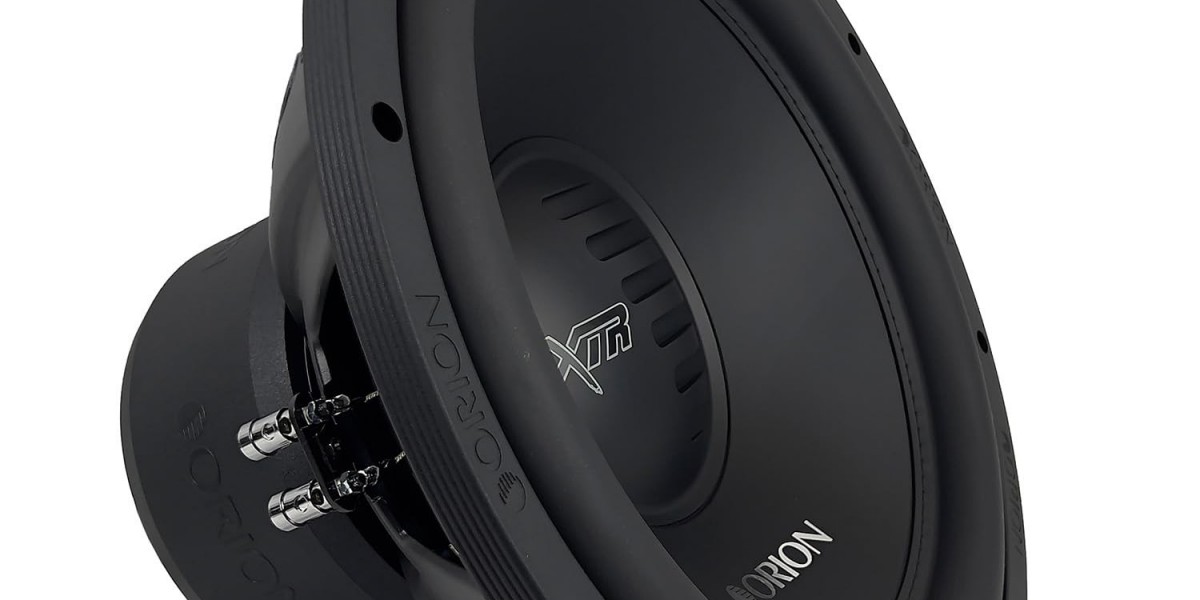What Are Midrange Speakers?
Midrange speakers are designed to handle frequencies that lie between the low-end rumble of subwoofers and the high-end shimmer of tweeters. Generally, they reproduce audio frequencies between 250 Hz to 2,000 Hz—though some designs may cover a broader range.
This frequency range contains the core details of vocals, guitars, pianos, and most other instruments. It’s also the range where the human voice lives, making midrange clarity critical for not only music but podcasts, calls, and any form of spoken word playback.
The Importance of Midrange in Car Audio
Most sound systems are only as good as their weakest link. If your bass hits hard but vocals sound thin or muddy, the overall quality of your audio suffers. That’s where midrange speakers come in.
1. Vocal Clarity
When listening to vocal-heavy tracks or podcasts, midrange speakers ensure you hear every word distinctly. A quality midrange driver doesn’t just make speech intelligible—it gives it emotion, texture, and presence.
2. Instrument Definition
Midrange frequencies carry the bulk of musical content in genres like rock, jazz, or classical. Guitars, violins, and horns all live in this range. Without proper midrange reproduction, these instruments lose their impact and nuance.
3. Smooth Transitions
Midrange drivers also bridge the gap between your lows and highs. When your subwoofers and tweeters are complemented by a capable midrange speaker, transitions between frequency ranges are smoother, preventing sonic holes or overlaps that cause distortion or muddiness.
Components That Contribute to Midrange Performance
Understanding what makes a great midrange speaker helps in choosing the right one for your system. Several design elements influence how well a speaker performs in the midrange:
Cone Material: Paper, polypropylene, or composite cones each produce different tonal characteristics. Lighter materials often offer better detail, while composites may deliver more durability and warmth.
Voice Coil Design: A high-quality voice coil contributes to both clarity and power handling, preventing distortion at higher volumes.
Magnet Strength: A stronger magnet allows for better control of the cone’s movement, improving the precision of midrange playback.
Matching Midrange Speakers to Your Setup
When adding or upgrading midrange speakers, it's important to think about the entire system. You’ll need to consider crossover points, speaker sensitivity, and the acoustic environment of your car.
1. Proper Crossovers
Midrange speakers need to be paired with the right crossovers to avoid interference from your subwoofers or tweeters. Passive or active crossovers help isolate frequencies, ensuring each speaker in your system does its job without competing for space.
2. Speaker Positioning
Midrange drivers perform best when placed at ear level. This often means mounting them in the doors or dash. Proper positioning enhances imaging and staging—making it feel like instruments and vocals are coming from a live performance.
3. System Tuning
Even the best midrange speaker won’t perform optimally if your system isn’t tuned correctly. Using a digital sound processor (DSP) or equalizer can help flatten frequency response and correct any resonance issues caused by your vehicle's interior design.
Real-World Application: The Subtle Power of Precision
Not every midrange speaker is built the same. Enthusiasts who want premium clarity often turn to pro-grade components designed with tighter tolerances and better engineering.
Take, for instance, the ap m67ac—a speaker that fits into professional-grade systems for users seeking accuracy and definition. While we won’t dive deep into specific models here, it’s worth noting that speakers like these are engineered with the needs of serious audio builders in mind. Their design often prioritizes vocal precision and tonal balance, making them a valuable addition when aiming for studio-level sound inside your car.
Common Mistakes to Avoid with Midrange Speakers
Many car audio users run into issues not because their gear is bad—but because of how it’s used. Here are a few mistakes to avoid:
Overpowering Your Mids: Running too much power through a midrange speaker can damage it and distort output. Always match your amplifier and speaker specs carefully.
Skipping Deadening Treatments: Without proper sound deadening in your car doors or panels, midrange clarity can be compromised by vibration and road noise.
Ignoring Time Alignment: Especially in systems with multiple midrange drivers, adjusting time delay settings helps align sound arrival for a unified listening experience.
Why Midrange Should Be a Priority in Your Upgrade Path
When upgrading a system, people often start with subs or amplifiers. While those certainly improve volume and low-end, upgrading or properly integrating your midrange is what takes your system from “loud” to “impressive.”
If you’re on a budget, even a modest investment in quality midrange drivers can yield a huge improvement. The difference is often heard in the realism of a song—when vocals feel like they’re coming from the dashboard, not buried under bass.
Final Thoughts: The Heart of Great Car Audio
Midrange speakers are the unsung heroes of a well-balanced car audio system. They don’t get the same hype as subs or amps, but they’re responsible for delivering most of what you actually hear.
If you value clarity, presence, and a lifelike listening experience, don’t skimp on your mids. Even a single upgrade in this range—when properly tuned and integrated—can make your daily drive feel like a front-row seat at a concert.
Remember, a great system isn’t built on just low-end rumble or shimmering highs—it’s the strength of the middle that brings everything together. Whether you’re running entry-level components or experimenting with pro-grade setups like the ap m67ac, always make midrange performance a priority.
































